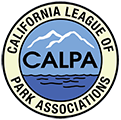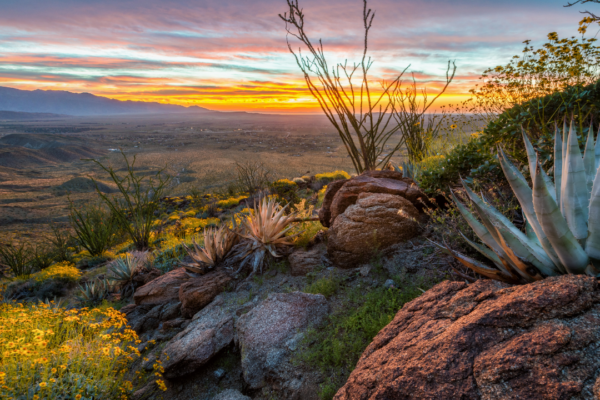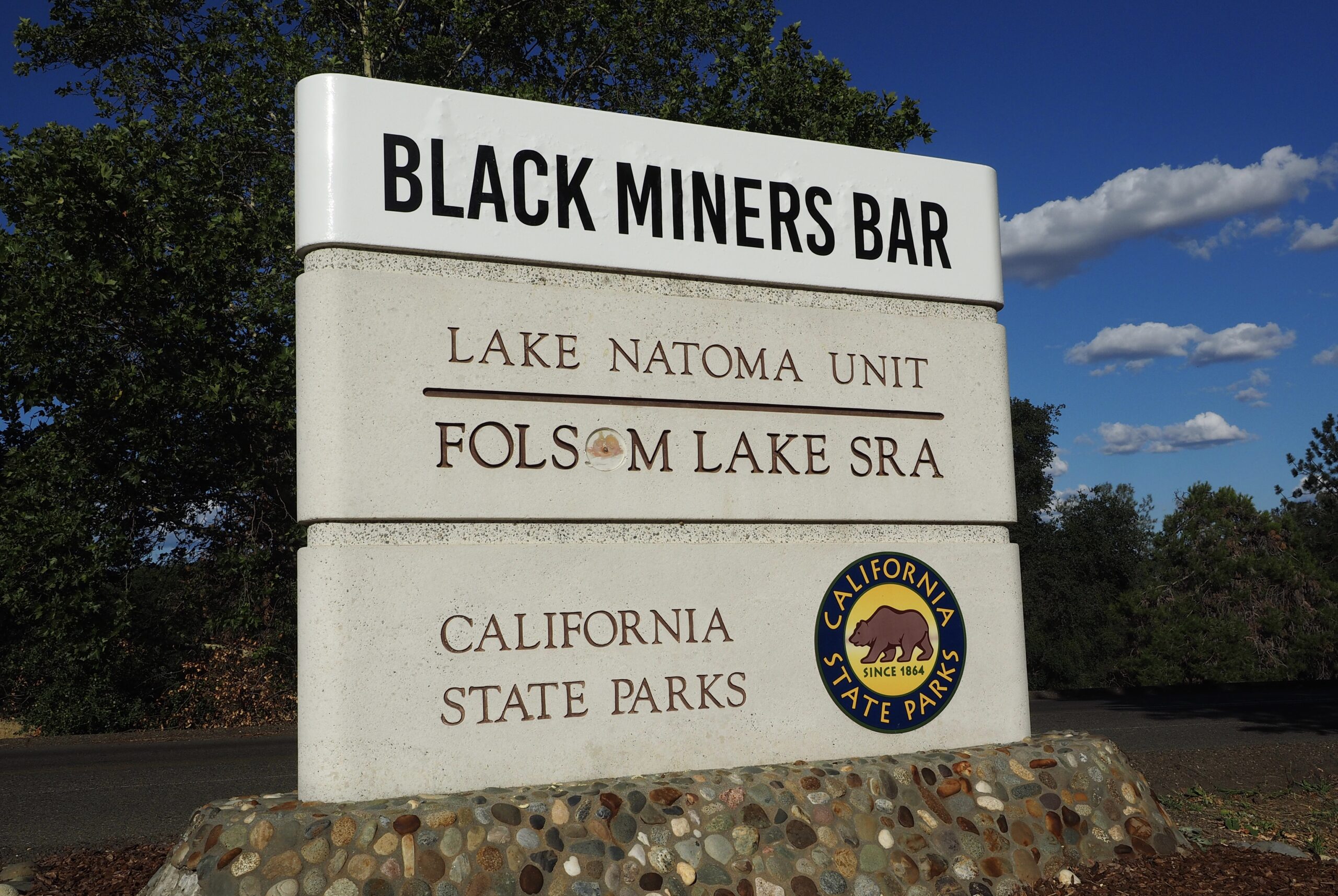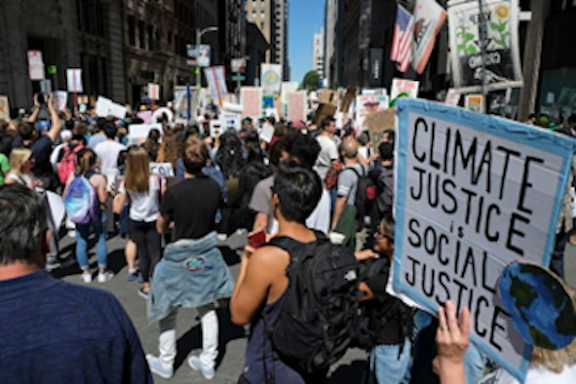By George Loyer, President, CALPA
I’m pleased to write the first in a series of blogs for CALPA and its newly formed Social Change Committee. This blog aims to bring more light to the discussion of how parks and park partners need to improve access – in the broadest sense – to its parks: to create access equity, to add truth and depth to our park’s historic narratives by including neglected or hidden stories, and to welcome communities who may not have felt welcome in the past. Our goal, which we hope you will help us to achieve, is to create a space where wide-reaching social justice topics can be discussed to provide learning opportunities for us all. We must acknowledge that our understanding of economics, climate change, ability and disability, race and representation, and new and neglected narratives are incomplete, and opening ourselves to discussing these topics can change the way we contribute to and enjoy our parks.
By engaging with these topics in the context of learning, and allowing ourselves to feel uncomfortable while we raise our awareness of the changes that may be needed, we are creating a better and stronger park system, growing the base of support from our communities and the parks we love so much. We especially welcome a diversity of viewpoints and information sources so that our learning is not limited to a single framework — we need to acknowledge how parks fit into a larger cultural, economic and even legislative context.
The CALPA Social Change Committee (SCC) has broad support from CALPA board members as long time board member, Tom Stratton, has organized it from the start to be inclusive and broad in its goals. Tom is currently unaffiliated with a particular park as an individual CALPA member, but he has a long association with Colonel Allensworth State Historic Park and maintains an interest in historical narratives that may have been neglected in our parks, whether they are designated as historic or not. Members of the committee include Sarah Sweedler, CEO of Fort Ross Conservancy; Rick Vogel, individual member of CALPA and part of the Torrey Pines Docent Society; Elizabeth Cameron, Executive Director of the Mendocino Area Parks Association; Michele Luna, Executive Director of Stewards of the Coast and Redwoods; Sarah Doyle, County of Riverside and long-time park advocate; Rod Smith, former President of Calaveras Big Trees Association; and Carolyn Christian, long time CALPA board member and board member of the Pio Pico Foundation.
In future blogs we will tackle topics ranging from efforts to revisit lost indigenous narratives in the parks, to highlight new sources for interpretation, to make existing parks and trails accessible to the widest audience, and to support the efforts of park stakeholders throughout the parks community in bringing the beauty and health-giving benefits of parks to all of our citizens. We seek to cover diverse topics and provide a platform for a wide audience. We invite writers from outside CALPA to contribute their voice to this blog by pitching topics to (strattonten@gmail.com).
We at CALPA believe strongly that it is important for those of us who support our park systems both financially and with our volunteer hours to make sure that the fruits of these efforts are enjoyed by all. We know that our parks have stories far beyond what we are sharing now, and these stories will connect us to a wider community. Welcome to the conversation.





